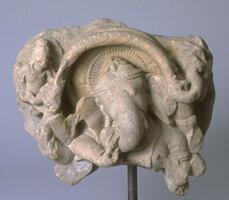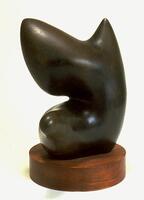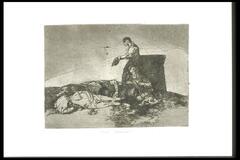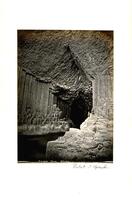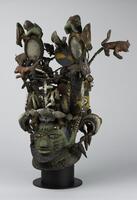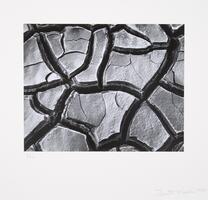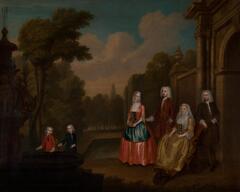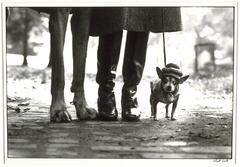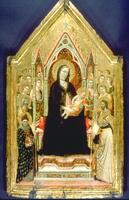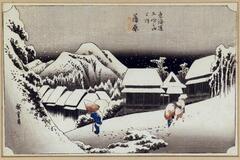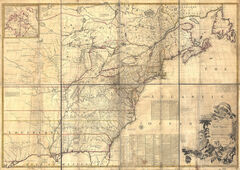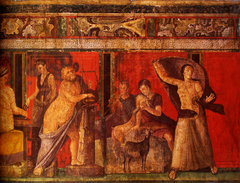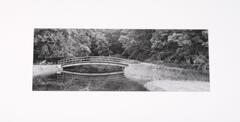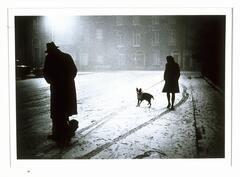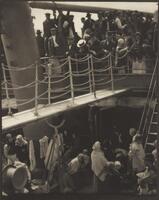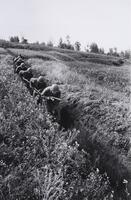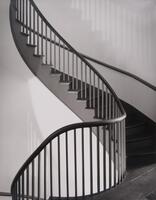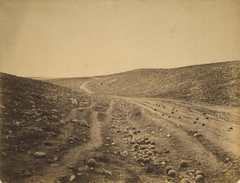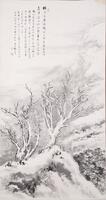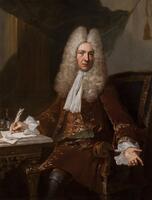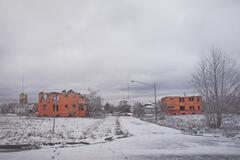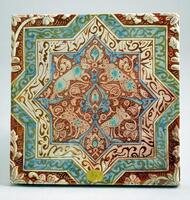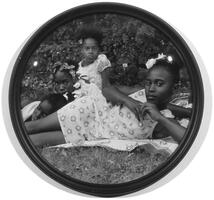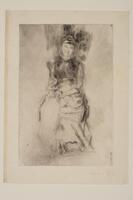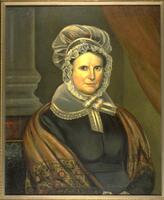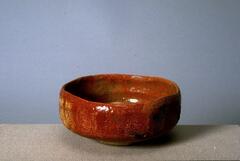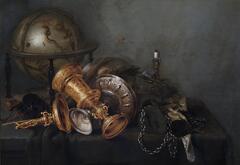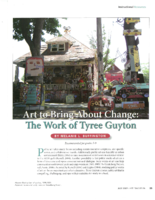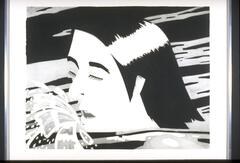Lesson Plan: Positive and Negative Space in Photography
“Teaching with Photography,” UMMA Workshop for Educators, November 6, 2013
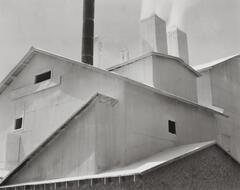
Edward Weston
Plaster Works, Los Angeles
gelatin silver print on paper
8 in x 10 in (20.32 cm x 25.4 cm);7 3/8 in x 9 3/8 in (18.73 cm x 23.81 cm);16 1/16 in x 20 in (40.8 cm x 50.8 cm);13 1/4 in x 15 1/16 in (33.66 cm x 38.26 cm)
Gift of The Morris and Beverly Baker Foundation, in memory of Morris D. Baker, a graduate of The University of Michigan School of Architecture, 1952
Plaster Works, Los Angeles
gelatin silver print on paper
8 in x 10 in (20.32 cm x 25.4 cm);7 3/8 in x 9 3/8 in (18.73 cm x 23.81 cm);16 1/16 in x 20 in (40.8 cm x 50.8 cm);13 1/4 in x 15 1/16 in (33.66 cm x 38.26 cm)
Gift of The Morris and Beverly Baker Foundation, in memory of Morris D. Baker, a graduate of The University of Michigan School of Architecture, 1952
Objectives
Students will create a paper cut based on a photograph, defining the planes and positive and negative space
National Core Standards
- Generate and conceptualize artistic ideas and work
Grade
4-5
Time Required
One class period
Materials
- White and black paper
- Gray paper, newspapers, and other “found” neutral colored papers
- Different colored square papers
- Pencil
- Scissors
- Glue sticks
- About five landscape photographs with interesting shapes and textures. Black and white photographs will allow students to focus on shapes and textures and not be distracted by color. Examples may include Brett Weston and James Valentine, from UMMA collection
Lesson
- Introduce vocabulary: composition, line, positive and negative space, shape, texture, soft and sharp focus
- Analyze Stieglitz’s and Weston’s photographs. Ask students to describe the texture of these photos, and how texture and soft/sharp focus are similar/different.
- After observing City of Ambition, discuss positive and negative space. Positive spaces are those occupied by the main subject of the work. The negative spaces are the areas around and behind the positive space; often called the background. Therefore, the shapes of negative spaces are determined by the shapes of the positive spaces.
- Carefully cut a shape out of one side of a piece of paper that resembles The City of Ambition skyline. Observe both the pieces you cut out and discover what the positive and negative spaces are.
- Trace the skyline again with a different piece of paper. Put them together like a puzzle, so the positive space is one color and the negative space is a different color.
- Ask students if they see how the shapes fit together. Are there any spaces between? No, because negative space takes up all the gaps made by positive space. The resulting visual images are challenging and stimulate the imagination of students. Try putting several examples of the combined positive/negative puzzle image together in a quilt-like repeating fashion, as a tessellation.
- Now turn to the Plaster Works photograph and observe the clear, sharp lines and detail.
- Students can cut shapes from the black, gray and white paper, imitating the shapes from the photograph. Put the shapes together to create a Plaster Works collage. In the history of photography, crisp, clear, sharp focus and texture appealed to photographers who embraced the aesthetic of black, and white photography as separate from painting and equally valuable.
Alternative: younger students could create one tessellation project as a group, each student creating one square.
Part of 2 Learning Collections
Lesson Plan: Translating a Familiar Landscape
“Tradition Transformed: Chang Ku-nien Master Painte...
“Tradition Transformed: Chang Ku-nien Master Painte...
Lesson Plan: Collaborative Scroll of Images and Poetry
“Creative Literacies: Expanding our View,” UMMA Wor...
“Creative Literacies: Expanding our View,” UMMA Wor...
Lesson Plan: Compare and Contrast Drawing and Sculpture
UMMA Exhibition, “The Graphic Dimension: Prints and...
UMMA Exhibition, “The Graphic Dimension: Prints and...
Lesson Plan: Content and Style – Corresponding or Contradicting?
“Creative Literacies: Expanding our View,” UMMA Wor...
“Creative Literacies: Expanding our View,” UMMA Wor...
Lesson Plan: Setting the Scene – Descriptive Writing with Photography
“Teaching with Photography,” UMMA Workshop for Educ...
“Teaching with Photography,” UMMA Workshop for Educ...
Lesson Plan: Not a Failure . . . Just a Draft
“Creative Literacies: Expanding our View,” UMMA Wor...
“Creative Literacies: Expanding our View,” UMMA Wor...
Lesson Plan: Calligraphy and Radial Design in Islamic Art
Lesson adapted from Educator Resources, Victoria & ...
Lesson adapted from Educator Resources, Victoria & ...
Lesson Plan: Memory Maps, Using the Mitchell Map (1755)
“Benjamin West: General Wolfe and the Art of Empire...
“Benjamin West: General Wolfe and the Art of Empire...
Lesson Plan: Multipoint Perspective: Using Art to Teach Writing
“Creative Literacies: Expanding our View,” UMMA Wor...
“Creative Literacies: Expanding our View,” UMMA Wor...
Lesson Plan: The New Sublime and Photographic Landscape
“Teaching with Photography” UMMA Teacher Workshop,...
“Teaching with Photography” UMMA Teacher Workshop,...
Lesson Plan: Panorama Handscroll Using Multiple Literacies
Lesson inspired by Elaine Wilson’s “Charting the Wo...
Lesson inspired by Elaine Wilson’s “Charting the Wo...
Lesson Plan: Playing with Scale in Landscape or Still Life
“Tradition Transformed: Chang Ku-nien Master Painte...
“Tradition Transformed: Chang Ku-nien Master Painte...
Lesson Plan: Exploring the Emotional Impact of Portraiture Through Free Writing
UMMA Teacher Workshop, “Xu Weixin: Monumental Portr...
UMMA Teacher Workshop, “Xu Weixin: Monumental Portr...
Lesson Plan: Positive and Negative Space in Photography
“Teaching with Photography,” UMMA Workshop for Educ...
“Teaching with Photography,” UMMA Workshop for Educ...
Lesson Plan: Setting Up a Collaborative Short Story
“Teaching with Landscape Photography,” UMMA Teacher...
“Teaching with Landscape Photography,” UMMA Teacher...
Lesson Plans: Ideas for Writing with Portraits
UMMA Teacher Workshop, “Xu Weixin: Monumental Portr...
UMMA Teacher Workshop, “Xu Weixin: Monumental Portr...
Lesson Plan: Zoom In: The Significance of Detail
“Creative Literacies: Expanding our View,” UMMA Wor...
“Creative Literacies: Expanding our View,” UMMA Wor...
Lesson Plan: Positive and Negative Space in Photography
“Teaching with Photography,” UMMA Workshop for Educ...
“Teaching with Photography,” UMMA Workshop for Educ...
Lesson Plan: Setting the Scene – Descriptive Writing with Photography
“Teaching with Photography,” UMMA Workshop for Educ...
“Teaching with Photography,” UMMA Workshop for Educ...
Tags
CompositionFocus
Line
Negative space
Photograph
Photography
Positive space
Tesselation
Texture
Rate this Resource
AVG: 0 | Ratings: 0
& Author Notes
Creative Commons by-nc-saLast Updated
March 6, 2017 1:19 a.m.Report
Reporting Policy

